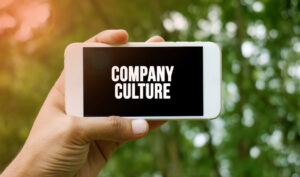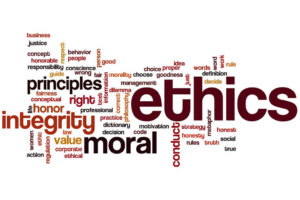
A Bad Workplace Culture Can Result in a Disaster, No Matter the Industry
A bad workplace culture is a hazard in itself. But even a mediocre one can contribute directly to a disaster. NASA won awards for being

A bad workplace culture is a hazard in itself. But even a mediocre one can contribute directly to a disaster. NASA won awards for being

A fine mechanical watch is exquisite in its own right. But if you look closer, you’ll see more than just a special timepiece. It is

In today’s ever-shifting talent landscape, companies large and small are searching for more effective ways to attract, recognize, and retain their workforce. These opportunities come

If you lead a business of any kind, it’s essential to understand the factors that influence employee satisfaction in your organization. This kind of insight

“Culture eats strategy for breakfast.” This quote is perhaps one of the most familiar business phrases of all time. Yet, while most leaders agree on

It’s been a hard year and a half, and as the pandemic continues to fluctuate, illness and lockdowns have taken their toll. The effects extend

How do leaders create a culture that features contagious corporate altruism? Historically, shareholder capital return has been the holy grail of business success. Significant returns

The coexistence of ethical corporate culture and corporate compliance is vital. However, maintaining them both can be a challenge

The world’s best companies are mission-driven, and they make more money than their competitors. Mission-driven companies have 30% more innovation and 40% higher levels of
Gamification – using game-play elements in a nongame activity – is trending across a range of industries. For a while, HR professionals were excited about
Gamification – using game-play elements in a nongame activity – is trending across a range of industries. For a while, HR professionals were excited about
Disclosure: This post contains a quote and link to one of my clients, TinyPulse. If you feel like you’re in a rut at work, you
As the landscape of business continues to evolve, we not only see changes outside the organization, we see changes inside the organization as well. That
Understanding your corporate culture is critical to the success of any organization. Culture is not one size fits all. It differs based on who the
When undertaking any transformation within the workplace, leaders should focus on a deep understanding of the corporate culture. That means knowing who their employees are,
Employee engagement is something that HR pros and their colleagues in the C-suite are laser-focused on, and measuring engagement is often at the top of
Company culture. Dozens of business articles highlight the importance of culture, how to diagnose the current company culture, and how to guide culture. Business owners
The holy grail of companies large and small is a great corporate culture. And what’s the secret sauce, the master ingredient when it comes to
Every organizational strategy needs regular updating regardless of how successful you’ve been. It’s simply not good enough to develop your strategy and put it on
We’ve all been there. It’s Monday, your weekend was much too short, and you’re getting paid to just sit at a desk, doing little to
According to a study by Forbes, workplace diversity is a key driver of innovation and a critical component to success. But, what does diversity in
“You can twist perceptions Reality won’t budge You can raise objections I will be the judge And the jury…” —Neil Peart (Rush, “Show Don’t Tell”)
The TalentCulture #TChat Show is back live on Wednesday, July 15, 2015, from 1-2 pm ET (10-11 am PT). Last week we talked about how
The TalentCulture #TChat Show is back live on Wednesday, July 8th, 2015, at 1-2 pm ET (10-11 am PT). Last week, live from #SHRM15, we discussed the
Take a vacation this year! We’ve all let those “not this year” excuses pile up with our workload, but not taking a vacation could actually